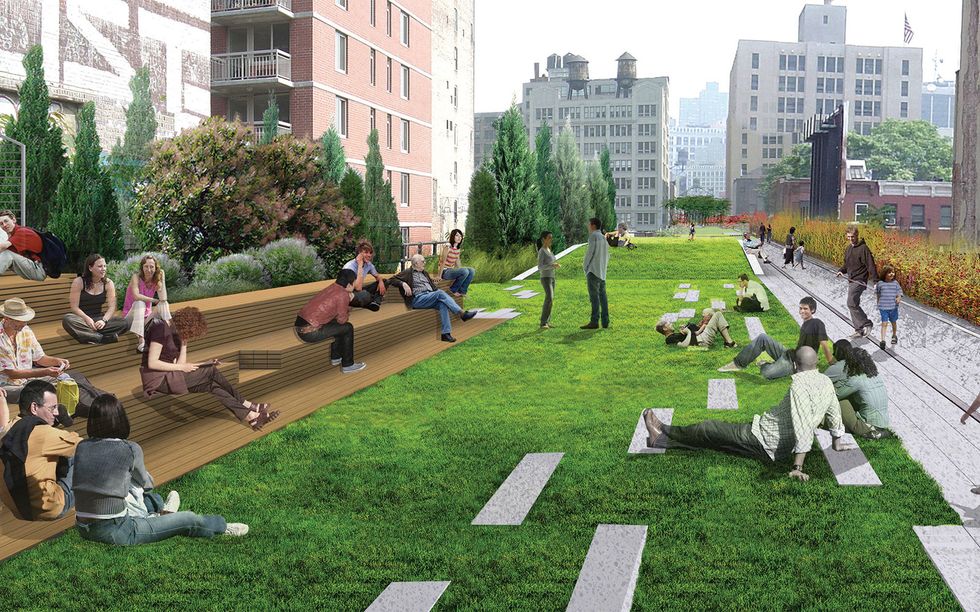The installation of vegetation and greener spaces in urban centers has recently gained popularity as the public consciousness on environmental issues continues to rise. Phenomenon such as "topping out" (when buildings construct rooftops equipped with trees and shrubbery) have begun to spring up in affluent areas. However, something that is not often discussed is the way in greening spaces can be directly linked to the displacement of working class people. A good example of this displacement occurred with the construction of the New York City Highline. A 2018 study stated that this issue of gentrification is not necessarily an issue of environmental justice, but distributional justice, as the "amenities" of "green space provision" often have large disparities between white affluent people and low income minorities. Recent fights for increases in green spaces have targeted parks, open spaces etc. in lower income neighborhoods. This targeting of lower income communities is intentional, as the surrounding property values are often depressed (allowing for developers to exploit rent gaps). These developments often drive up the surrounding property values after they are fully constructed, attracting more affluent outsiders to move in, and therefore driving out the current residents.
The displacement of lower income residents after the construction of green infrastructure is even more hypocritical when the issue of environment related health complications is illuminated (such as the tendency for individuals in lower-income areas to develop asthma because of increased air pollutants). This increased concentration in adverse health effects makes it logical to think that those in poorer communities would benefit the most from installations of green infrastructure and the increased emphasis on implementing more green spaces. However, because of the rising property values associated with green installments, the residents that need the enhanced air quality the most are denied access to it.
This phenomenon of denying lower-income communities access to these green spaces speaks to the capitalist prioritization of profit over human well-being. It is clear that the resources to develop green spaces in our city are available and plentiful, but only those in the upper-class can reap the fruits of these developments.



















